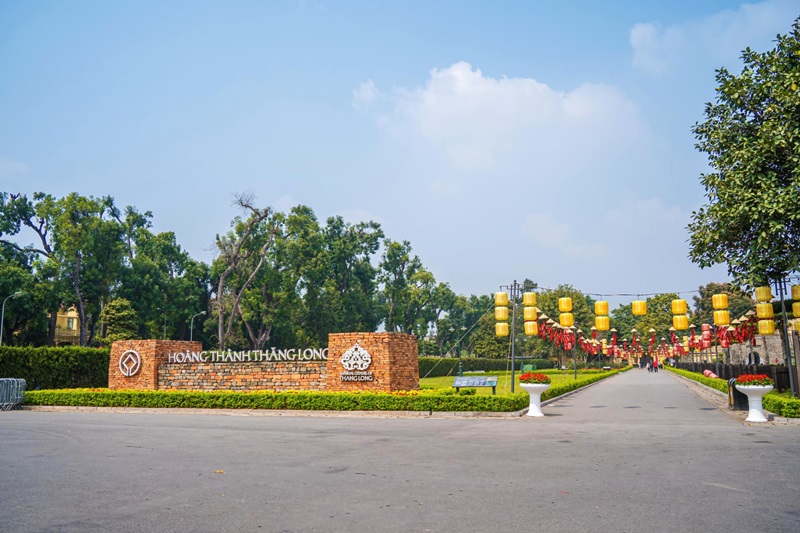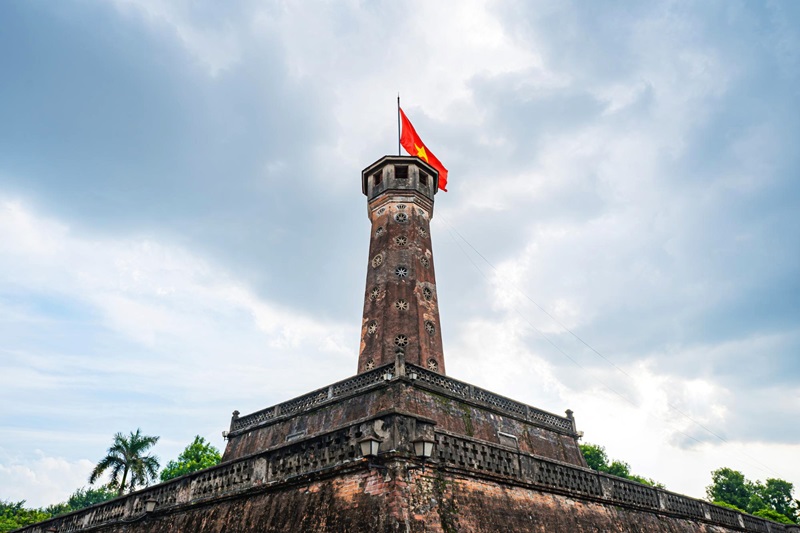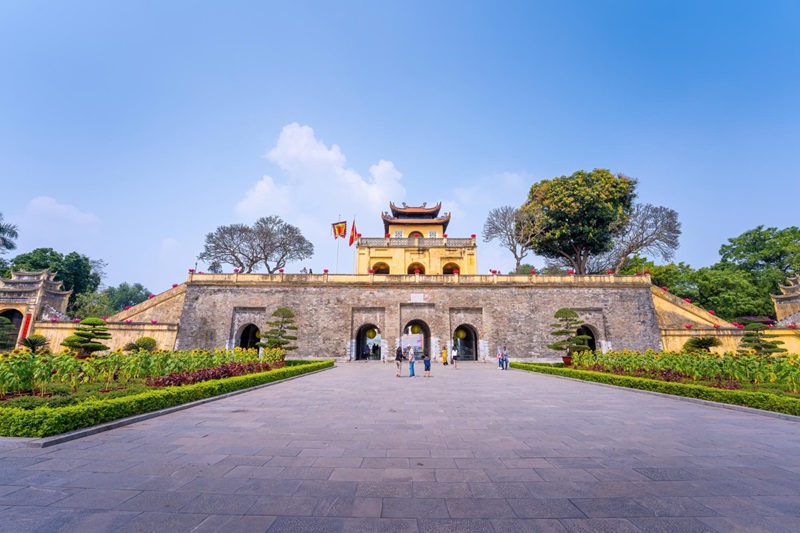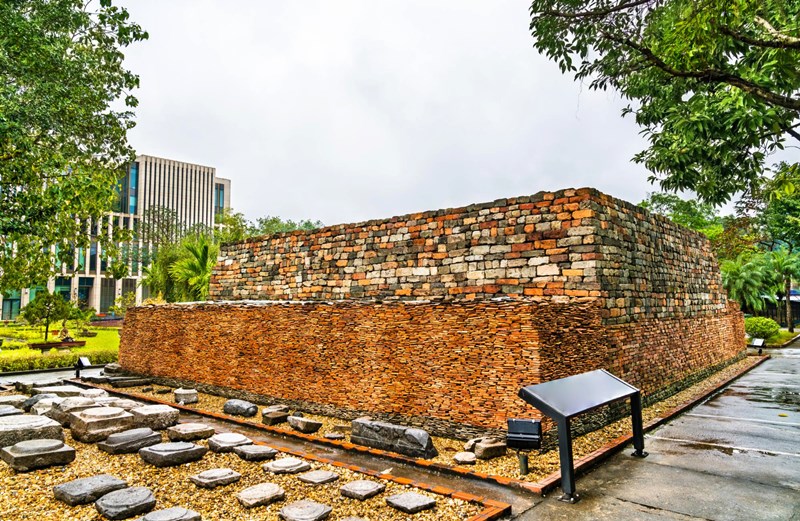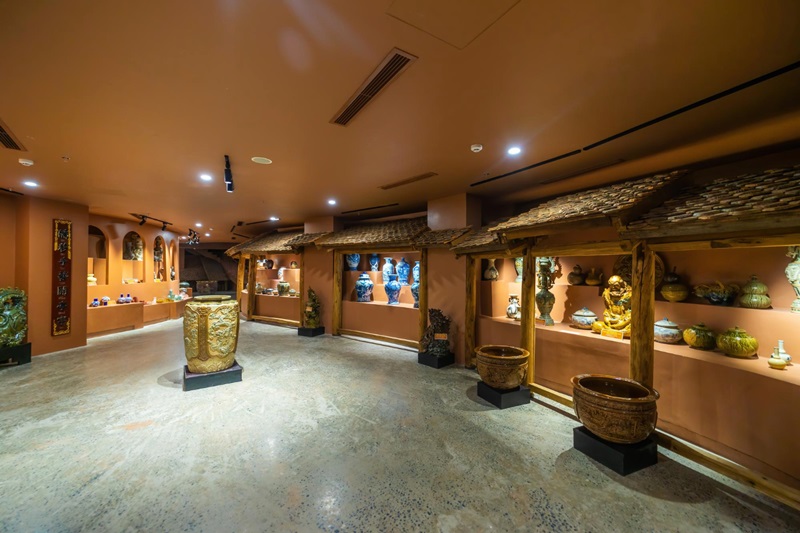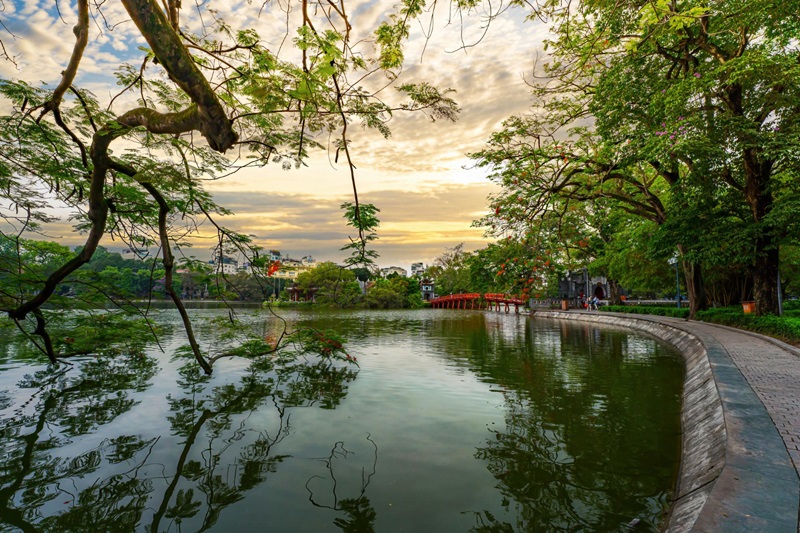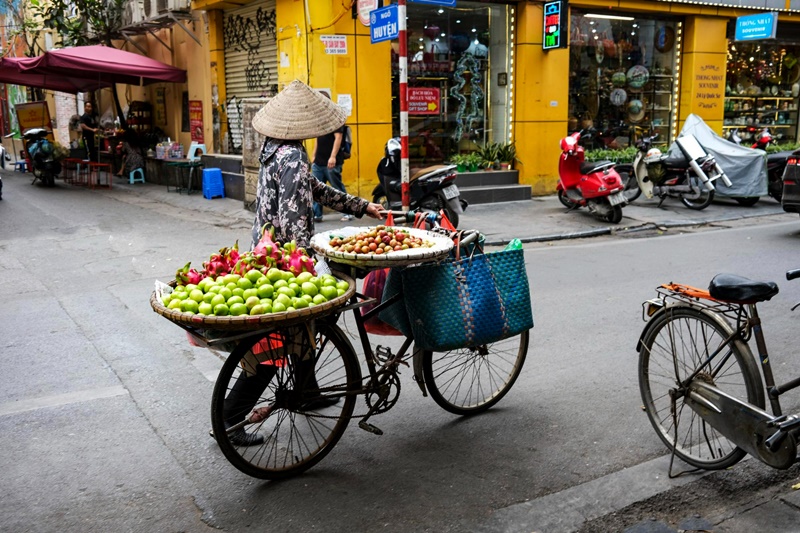Escape from the busy life of streets and high-rise buildings, Thang Long Citadel is quiet in the heart of Hanoi, showing a long history from the ruins and old relics left.
The value of the Imperial Citadel of Thang Long is that it used to be the administrative, economic, political, and cultural center of the whole country, which lasted through 13 centuries of the Ly – Tran – Le – Nguyen dynasties.
The Ancient Imperial Citadel of Thang Long
The ancient Imperial Citadel of Thang Long has a total length of nearly 18,400ha, facing the major streets of the city center and the National Assembly building.
- Address: 19C Hoang Dieu Street, Ba Dinh District, Hanoi, Vietnam
- Opening hours: 8:00 am – 5:00 pm daily, unless Monday
- Phone number: +84 437 345 427
- Entrance fee: 30,000VND ~ 1.5 USD per person
> You may want to see the location of Hanoi and its overview.
Places to visit in Thang Long Citadel
After many times of being destroyed and restored, the Imperial Citadel of Thang Long remains traces of ancient history and culture, which have now become one of the famous tourist attractions in Hanoi.
Hanoi flagpole
The Hanoi flagpole is the tallest architectural work of nineteenth-century Hanoi.
Up to now, the flagpole has remained almost in its shape. The brick wall has been discolored and worn out, but the patterns on the body are still visible.
The 60m-high flagpole is divided into three parts: the body, the gazebo, and the 2007m2-width base.
The Vietnam flag fluttering in the wind symbolizes the indomitable spirit and revives the patriotic heart of the Vietnamese.
Although the flagpole is in the citadel, almost all tourists look at this flagpole from Doan Mon (Mon Gate) inside Thang Long Imperial Citadel.
Doan Gate
Doan Mon (Doan Gate) is the main gate leading to the Forbidden City of Thang Long, straight to the Hanoi flagpole, and lies on the central axis of the imperial city.
Doan Mon has an ancient style. Its 5 arched doors were built of stone and brick in the Le Dynasty (1428 to 1789). The middle door is the king’s entrance, with 4 doors on both sides for the courtiers.
You stand on the second floor of this gate, and you can see the Hanoi flagpole clearly and the airy green space around it.
Kinh Thien Palace
Passing through the Doan Mon gate will lead along the shaded walkway directly to Kinh Thien Palace, where the vital ceremonies used to take place.
The remaining vestiges of Kinh Thien Palace are the old foundation. The ground width of 41.5m, 57m long, and 2.3m high are enough to image the majestic scale of the old palace.
The most prominent in this region are the dragons on the steps leading from the palace to the ground. The dragons under Le Dynasty’s style have bulging eyes, wide mouths, animal ears, snake necks, and wave-shaped blades on their backs.
D67 House
Another work is not in the previous dynasties but built during the Vietnam War: D67 House – a vital place of the Politburo and Central Military Commission.
Highlights of the D67 House include a main room for working with many old telephones left and two working rooms: one was the office of General Vo Nguyen Giap, working for 12 years from November 1968 to 1980. Another one is General Van Tien Dung’s room, working from August 1968 to 1973 and from 1975 to 1992. Typically, a soft green hat of Van Tien Dung has been preserved well here, which he used to wear during the war.
The D67 House was a vital place where the historic decisions of the Vietnamese Revolution were made: the General Attack of the 1968 Tet Offensive, the 1972 General Attack, and the Ho Chi Minh Campaign of 1975.
Archaeological Area at 18 Hoang Dieu Street
This area is near the end of the visiting route in the Imperial Citadel of Thang Long. The excavation work has maintained to find more about the historical vestiges.
The relics provide a lot of knowledge about fine arts, culture, and specific architecture of various dynasties in Vietnam.
Specifically, the Thang Long Imperial Citadel archaeological region has typical brick walls, which the archaeologists collected and ranged each layer belonging to each period. The first level is the Dai La period with gray bricks, the Ly-Tran period with bright red terracotta, and the top with bricks from the Early Le period of the 15th century.
FAQ about Thang Long Ancient Citadel, Hanoi:
When should I travel to Thang Long Citadel?
With a convenient location, you can visit Thang Long Citadel at any time of the year. But if you do not want to walk under the bright sun in summer, the autumn of Hanoi will be a perfect choice.
Which attractions can I visit besides Thang Long Citadel?
You can visit the nearby tourist destinations in Hanoi, such as the Ho Chi Minh Mausoleum, One Pillar Pagoda, Hoan Kiem Lake, and the Hanoi Temple of Literature.
How long should I spend at Thang Long Citadel?
The estimated duration on average to explore this ancient citadel is from 1 hour to 2 hours. However, it can take you longer if you want to spend time to taste coffee or discover more details of the ancient relics there.
Visiting Thang Long Citadel can give you both exploring the old buildings and artifacts of the last dynasties and the war relics.
